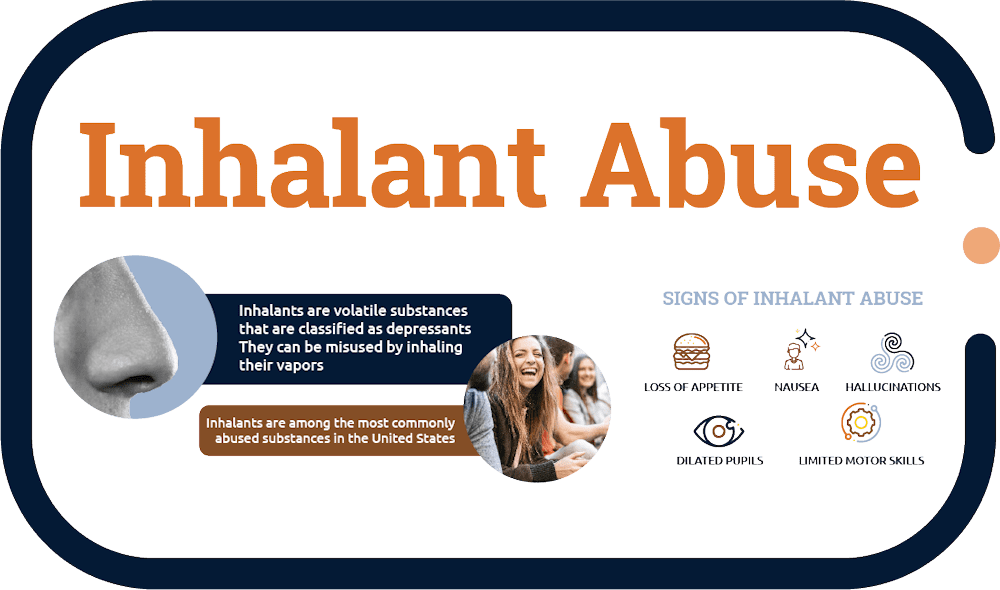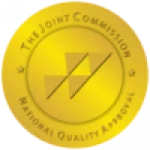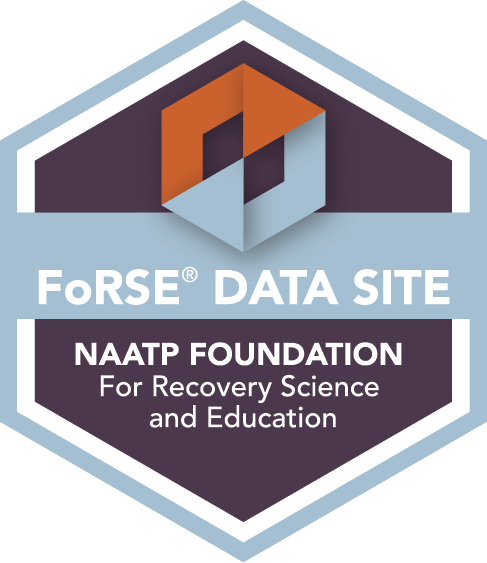
At Northern Illinois Recovery Center in Crystal Lake, Illinois, we understand that inhalant addiction can affect anyone and often begins with experimentation that quickly escalates into dependency. The effects of inhalant abuse can be devastating, impacting the brain, heart, and overall well-being. That’s why our compassionate team provides comprehensive, individualized inhalant addiction treatment in Illinois, combining medical detox, evidence-based therapy, and holistic healing approaches. Our specialized inhalant rehab programs are designed to help individuals overcome addiction, heal from its harmful effects, and build the foundation for a healthy, fulfilling, and lasting recovery.

What Are Inhalants?
When the vapors are inhaled, they quickly absorb into the body and can produce psychoactive symptoms. Inhalants are often abused as they induce a “high”, mind-altering effect. In fact, there are over 1000 chemicals that can make inhalant abuse possible. The peak age for inhalant abuse is between 14 and 15.

Types of Inhalants
- Solvents: These are liquids that easily vaporize at room temperature and are commonly found in household products such as paint thinners, gasoline, and glues. When inhaled, these chemicals can cause dizziness, hallucinations, and long-term damage to the brain and liver.
- Aerosols: Aerosols contain both propellants and solvents, making them particularly dangerous. Common examples include spray paints, hair sprays, deodorant sprays, and cooking sprays. Inhalation of aerosols can lead to heart failure, suffocation, and sudden death.
- Gases: These include gases used in both household and medical settings, such as butane, propane, refrigerants, and nitrous oxide, often known as “laughing gas” or “whippets.” Gas inhalation deprives the brain of oxygen, leading to lightheadedness, unconsciousness, or fatal respiratory failure.
- Nitrites: Organic nitrites, such as amyl, butyl, and cyclohexyl nitrite, are often sold as poppers, room odorizers, or leather cleaners. Unlike other inhalants, nitrites act as vasodilators, relaxing blood vessels and producing a quick, euphoric rush. However, their misuse can cause dangerously low blood pressure, heart problems, and immune suppression.
While these products serve practical purposes, inhaling them recreationally can cause immediate intoxication, brain damage, and even sudden death.
Inhalants vs. Nitrites
How Inhalants Affect the Brain and Body
When inhaled, chemical vapors displace oxygen in the lungs and bloodstream, leading to oxygen deprivation (hypoxia). Without enough oxygen, the brain and other vital organs are forced to operate under extreme stress. Over time, this lack of oxygen can cause widespread and sometimes irreversible damage.
Unlike many other drugs, inhalants produce extremely rapid effects, typically within seconds, as the chemicals enter the bloodstream through the lungs and reach the brain almost instantly. Users experience a short-lived high, often described as similar to alcohol intoxication, followed by drowsiness, confusion, or aggression.
Since the high is brief, individuals may inhale repeatedly over a short time, increasing their risk of oxygen deprivation, seizures, and heart failure. Over time, repeated exposure can lead to inhalant addiction, where the brain and body develop a dependence on these substances.

- Cognitive Impairment: Repeated inhalant use damages brain cells, particularly in areas responsible for memory, coordination, and decision-making.
- Brain Atrophy: Chronic exposure can cause the brain’s white matter to deteriorate, reducing communication between neurons and leading to long-term neurological deficits.
- Emotional Instability: Inhalant abuse alters brain chemistry, often resulting in anxiety, irritability, depression, or personality changes.
- Sudden Sniffing Death Syndrome: Even first-time use can trigger cardiac arrest or fatal seizures due to irregular heart rhythms caused by inhalants.
- Heart: Irregular heartbeat, heart failure, and increased risk of sudden death.
- Liver and Kidneys: Toxic chemicals from inhalants accumulate in the body, causing organ inflammation, tissue damage, and potential failure.
- Lungs: Chronic inhalation can scar lung tissue, impair breathing, and cause long-term respiratory problems.
- Muscles and Nerves: Repeated exposure can result in numbness, tremors, or loss of coordination due to nerve damage.
- Immune System: Inhalant chemicals weaken the body’s natural defenses, making it more vulnerable to infections.
Over time, these physical and neurological effects can severely impact an individual’s quality of life, making professional inhalant addiction treatment essential for recovery and long-term healing.
Signs and Symptoms of Inhalant Addiction
- Red or runny nose
- Chemical stains or paint on hands or face
- Dizziness or lack of coordination
- Slurred speech
- Frequent nosebleeds or coughing
- Headaches or nausea
- Sudden mood swings or irritability
- Withdrawing from family or friends
- Declining performance at school or work
- Loss of interest in hobbies or activities
- Unexplained empty containers or chemical smells
- Risk-taking behavior or apathy
Insurance Verification




The Dangers of Inhalant Abuse
- Euphoria followed by confusion and fatigue
- Nausea and vomiting
- Loss of coordination
- Slurred speech and hallucinations
- Risk of unconsciousness or coma
Chronic inhalant abuse can cause irreversible damage to:
- Brain: Memory loss, learning difficulties, and coordination problems
- Heart: Irregular heartbeat, cardiac arrest
- Liver and Kidneys: Organ failure
- Nervous System: Numbness, tremors, and muscle weakness
The long-term consequences of inhalant addiction make early intervention and treatment essential to recovery and survival.
Inhalant Addiction Treatment at Northern Illinois Recovery
Each client begins with a detailed evaluation to understand their substance use history, health status, and emotional needs. This helps our clinical team develop a personalized treatment plan for lasting recovery.
If you’ve decided to enter treatment for an inhalant dependence, inhalant abuse treatment could be an efficient solution. Behavioral health treatment is quite effective at treating addiction. Research the facility you intend to enter for addiction treatment.
Within addiction recovery, relapse is a common theme. You may feel stuck in the limbo of inhalant abuse. The physical toll it has left an imprint on you. There’s a chance for you to recover through a series of tough but enlightening decisions. Maintaining sobriety requires immense patience and practice, with the help of a strong support system.
Detox for inhalant abuse would be the first phase of your treatment. Detox is the fundamental stage of removing toxins from the body. To combat withdrawal symptoms, you can expect to receive medications to alleviate them. Medical staff will evaluate your medical history to determine what’s best. Detox can last 7-10 days. However, it may take longer if your case requires it.
Inpatient treatment is a 24/7 intensive program. You can expect to receive comprehensive care, from psychotherapy to medication management. The staff is there to answer any questions and provide detailed information. 30 days is the recommended length of time for treatment; however, 90 days is the most optimal.
Patients will undergo individual and group therapy. Each facility will vary in its programs and amenities. The cost of treatment will be reflected in the location and services offered by the inpatient treatment program.
Outpatient treatment programs can provide you with a flexible opportunity to receive treatment. The average length of time for treatment is 30 days. Psychotherapy is offered through individual, group, and family therapy. You’re expected to attend sessions that vary from 4-6 hours, five days a week.
Intensive outpatient programs are an intensive approach to treating mild to relatively severe cases of addiction. The enhanced structure of the treatment and flexibility would serve those who don’t have a rich support system. In an IOP, patients are expected to attend sessions from 6-8 hours, five days a week.
Many individuals with inhalant addiction also struggle with underlying mental health issues such as depression, anxiety, or trauma. Our dual diagnosis treatment program addresses both conditions together to prevent relapse and promote overall wellness. Dual diagnosis treatment is becoming a welcome source of recovery for substance abuse. There’s an alarming connection between individuals with mental health and substance use disorders. Mental health symptoms often drive people to self-medicate with substances. On the other hand, those struggling with substance use disorders are met with mental health symptoms.
Treatment for both disorders is required for a full recovery. Addiction is a complex disease that requires support from all angles. Chronic relapse can prevent a person from reaching their goals. Evidence-based therapies such as cognitive behavioral therapy can offer you a chance to rewrite your compulsive behaviors.
Case management can provide a discreet tool for addiction recovery. Typically, a counselor or social worker is assigned to your case. They will create an outline for your recovery goals and introduce techniques to manage your recovery. An evaluation of your medical, family, and addiction history will be done to determine your path. This could serve adolescents who may have experienced inhalant drugs for the first time.
Support groups are a great way to understand the nuances of the addiction process. Support groups are moderated by a counselor or social worker. Each member can participate in the healing journey, offering their experiences. Sharing is encouraged to build empathy and find grace in your compulsive behaviors.
Support groups can be specific, such as AA (Alcoholics Anonymous). The sense of community can bring you more insights into challenges that you could face. The 12-Step Program is a set of guidelines for recovery through the means of a higher power.
Behavioral therapy is the foundation of inhalant addiction treatment. We use proven methods such as:
- Cognitive behavioral therapy (CBT): To change harmful thought patterns that fuel addiction.
- Dialectical behavior therapy (DBT): To improve emotional regulation and stress management.
- Motivational Interviewing (MI): To strengthen commitment to recovery goals.
- Individual Therapy: Individuals are able to get private therapy sessions to work through their challenges and set achievable recovery goals.
- Group Therapy: To foster support, accountability, and shared understanding.
- Family Counseling: Addiction affects more than just the individual. Our family therapy sessions help loved ones rebuild trust, improve communication, and support recovery as a united team.
Holistic and Experiential Therapies: Healing from inhalant addiction requires more than medical care; it requires balance and self-discovery. Our holistic therapies include: yoga and meditation, art and music therapy, nutrition counseling, recreational and outdoor therapy, and mindfulness training.


Life After Treatment: Aftercare and Support
- Relapse prevention education
- Continued therapy and peer support
- Sober living options
- Employment and life skills training
Our aftercare team helps clients transition back into everyday life with the confidence, tools, and resources they need to stay substance-free.
Why Choose Northern Illinois Recovery Center
- Experienced multidisciplinary team of medical professionals, therapists, and addiction specialists
- Personalized care plans tailored to each individual’s needs
- Safe and supportive environment conducive to healing
- Comprehensive continuum of care, from detox to aftercare
- Focus on long-term wellness, not just short-term sobriety
We are committed to helping every client rediscover purpose, clarity, and hope for the future.

Inhalant Addiction FAQs
Inhalant addiction develops from repeated exposure to chemical vapors that alter brain chemistry. Over time, users may seek inhalants to relieve stress, escape reality, or achieve euphoria, eventually leading to physical dependence.
Withdrawal from inhalants can cause irritability, depression, sweating, tremors, anxiety, nausea, and insomnia. In some cases, individuals may experience hallucinations or intense cravings.
Inhalant addiction can develop faster and be more unpredictable than other addictions, due to the chemical composition and quick absorption of these substances. The damage to internal organs can also occur more rapidly.
Chronic inhalant abuse can contribute to (or aggravate the symptoms of) mood disorders, anxiety, psychosis, and long-term cognitive impairment. Co-occurring disorders are common and must be treated simultaneously for the best results.
Absolutely. With the right medical support, therapy, and ongoing care, individuals can recover from inhalant addiction and live healthy, fulfilling lives. Early intervention greatly improves success rates.
The length of treatment varies based on individual needs but may range from several weeks to several months. Many people in recovery continue with outpatient care and support groups long after completing their initial program.
Yes. Most major insurance providers cover treatment for inhalant addiction. Our admissions team can verify your coverage and help you navigate the process confidentially.
Absolutely, you can overdose from inhalant abuse. Since inhalant drugs are central nervous system depressants, they can dramatically impair the body’s responses. Inhalant drug overdose can lead to seizures, coma, and even cardiac death. Even breathing inhaled from a bag can cause suffocation.
When the oxygen in the lungs is replaced, the toxic fumes can cause asphyxiation. A paramedic would need to stop the seizure or prevent the heart from stopping. However, there are no specific treatments to challenge the effects of inhalant overdose. That’s why it’s crucial to seek help if someone is on the more intense end of inhalant drug abuse.





